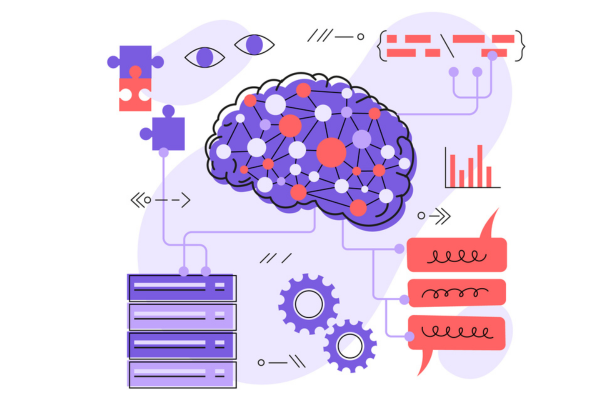Introduction
Ensuring the safety and integrity of buildings, machines and systems is vital in the modern world of rapid change. In the field of damage detection, machine learning algorithms have become highly effective tools, providing accurate and timely results. In this blog article, we will explore the potential of kernel-based machine learning techniques in identifying different types of damage in different areas.
Table of Contents
Kernel-based approaches in machine learning for damage detection

In machine learning, methods that use kernel functions to transform data into high-dimensional spaces are called kernel-based approaches. These techniques are particularly useful for damage detection because they can identify complex patterns and connections in the data. Even with noisy or high-dimensional datasets, machine learning algorithms can efficiently detect subtle changes indicative of damage by employing kernel functions.
Prospects of kernel-based methods for damage estimation in different areas
Many fields, including manufacturing, civil engineering, aerospace, and automotive, use kernel-based algorithms for damage detection. For example, in the aerospace industry, sensor data can be analyzed using kernel-based algorithms to detect fatigue fractures or structural irregularities in aircraft parts. Similarly, these methods can be used to find flaws in equipment parts in production, guaranteeing maximum efficiency and safety.
How to use kernel techniques to implement machine learning algorithms for damage detection
There are several important steps involved in implementing machine learning algorithms for damage detection using a kernel approach. First and foremost, it is important to preprocess the data to eliminate noise and standardize the features. The next step is to choose the correct kernel function based on the properties of the data and the type of damage being identified. The selected method is trained on a labeled dataset to identify patterns associated with damage, such as support vector machines (SVM) or Gaussian processes.
How kernel-based techniques increase damage detection accuracy
Because they can identify complex patterns and nonlinear correlations in data, kernel-based techniques are excellent at increasing the accuracy of damage detection. Kernel-based techniques are more flexible and versatile for a variety of loss scenarios because they can handle non-linearity and high-dimensional data, unlike standard linear methods. This increased accuracy reduces the potential for costly breakdowns or accidents by enabling more reliable damage detection.
Function of kernel-based algorithms in machine learning-based damage detection

In machine learning-based damage detection, kernel-based algorithms play an important role. Sophisticated damage detection systems rely on these algorithms as their foundation, allowing automated monitoring and real-time structural health assessments. Engineers and researchers can create predictive models that continuously evaluate the condition of critical assets using kernel-based techniques. This will guarantee early detection and proactive maintenance.
Useful applications of machine learning for damage detection using kernel-based algorithms
Real-world applications of kernel-based machine learning methods for damage detection are wide and diverse. For example, in civil engineering, these algorithms can identify structural flaws in buildings or bridges, thereby preventing some disasters. Within the automobile sector, approaches based on kernels can detect degradation in car parts, allowing better maintenance planning and less downtime.
Success stories of kernel-based machine learning algorithms in damage detection
The efficiency of kernel-based machine learning algorithms in damage identification has been demonstrated by several success stories. For example, a study conducted by scientists at a top aerospace business showed how to employ kernel-based SVM to accurately identify fatigue fractures in aircraft components. Similarly, a manufacturing company used kernel functions and Gaussian processes to predict equipment breakdowns and reduce costly downtime.
Conclusion
In summary, kernel-based machine learning algorithms provide robust solutions for damage identification in various fields. Through the use of kernel-based methods, researchers and engineers can create reliable systems that improve efficiency, security, and dependability. As technology evolves, maintaining the integrity of critical machinery and infrastructure will rely heavily on a combination of machine learning and kernel-based technologies.
- You might be interested in reading these posts as well
- Which algorithm is used in machine learning
- Machine Learning Algorithms and Frameworks in Ransomware Detection
- Machine learning algorithms extract trends from data
- Machine learning algorithms advantages and disadvantages
FAQs
By transforming data into high-dimensional spaces using kernel functions, kernel-based techniques make it possible to capture complex patterns and correlations.
Compared to traditional linear algorithms, kernel-based approaches produce more accurate damage detection because they are better able to handle high-dimensional data and non-linear connections.
Damage detection using kernel-based algorithms could be beneficial to sectors including manufacturing, civil engineering, aerospace, and automotive.
Pingback: Machine learning algorithms in quantum computing a survey